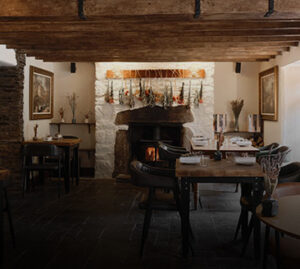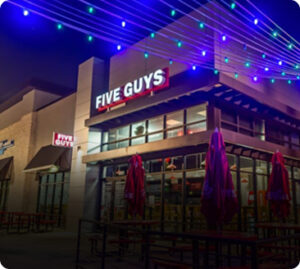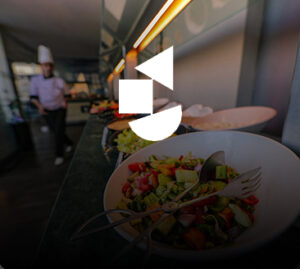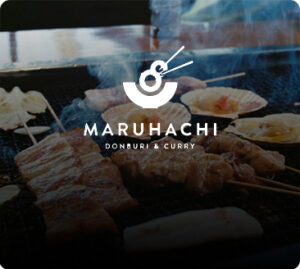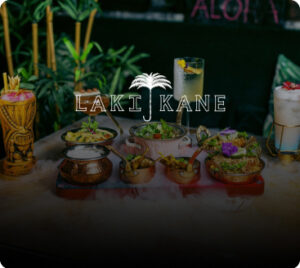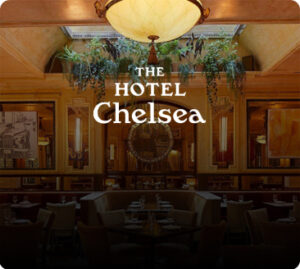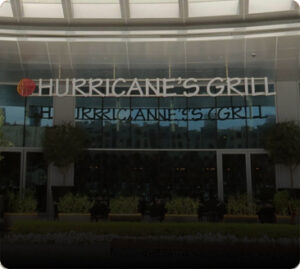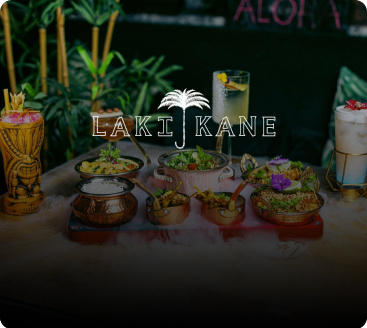
UK and Middle East Restaurant performance
in spring 2024 compared to Spring 2023

KEY HIGHLIGHTS
UK Restaurant Market Economic Dynamics: Hits & Misses
- The overall market revenue experienced a 5% growth due to increased foot traffic and establishments hiking prices to mitigate inflationary pressures as food prices continued to climb steadily.
- This 5% surge in attendance in restaurant foot traffic signals a period of growth.
- A marginal decline of 1% in spending per head is due to the rising prices impacting consumers’ spending behavioral pattern.
- An uptick of 8% in revenue and 14% in covers hints at casual dining’s vibrant and integral part of the country’s rich culinary landscape.
Middle East Restaurant Economic Dynamics: Hits & Misses
- The Middle Eastern market in the UAE sector showed a modest increase in revenue of just 2%, whereas in the KSA it dropped by 5%.
- Covers in UAE showed a marginal increase of 4%, but in KSA customers tend to prefer casual dining options so their cover dropped by 2%.
- Consumer behavior shows an exponential rise in casual dining preference in the UAE and a slight increase of 4%, a glimmer of hope in the KSA market.
- The average spend per head in UAE and KSA markets dipped to 9% and 2% respectively.
Trends & Prospects – UK
The UK’s casual dining arena has undergone a radical transformation fueled by technological advancements and changing consumer preferences. The market size is estimated at 99.44 billion USD in 2024 and is expected to reach 134.50 billion USD by 2029, growing at a CAGR of 6.23% during the forecast period (2024-2029). The industry is responding to a growing appetite for innovative dining experiences that cater to a diverse range of tastes and lifestyles. Casual dining restaurants have become the new norm, dominating the culinary landscape with their futuristic appeal. Our analysis projects a slight surge in customers returning to dine out, reminiscent of the pre-pandemic days but seeking more affordable menu options. We envision a slight increase for July and August going into fall. With a recent regime shift in the UK government, it will be interesting to monitor if there will be more spending in this sector.
KEY DRIVERS AND TRENDS:
Taste, Budget & Comfort & Quality:
Casual dining offers high-quality food at lower prices to a broader audience making it a beacon of affordability in a city of extravagance. The establishments allow for a variety of dining experiences, from quick meals to leisurely dinners as well as takeout and delivery options, catering and to the growing demand for comfort and convenience.
Dining Chains
A surge in the number of casual dining chains has ensured consistent quality and service across its multiple locations scattered around the landscape, proving to be a reliable choice for diners.
Dietary Pattern & Culinary Innovation
Sustainable and plant-based food options are being seen more and more across the hospitality industry with restaurants providing detailed nutritional information to help diners make informed choices. There has been a noticeable shift towards healthier dining options and with restaurants introducing vegetarian and vegan options, offering a wide array of delicious and sustainable plant-based dishes appealing to a broader audience.
Information at fingertips – Integrating technology into customer experience.
As the dining experience evolves, online reservations have become seamless and more tech savvy. From online reservations to customized digital menus, information can be easily updated and customized to reflect daily specials and seasonal offerings, reducing the wait time for reservations. The rise of contactless payment options, such as Apple Pay and Google Wallet, has made transactions quicker and more convenient.
Experiential Dining & Enriched Customer Experience
Experiential dining is in vogue not just to cater to the customers’ tastes and preference but also to create memorable and immersive dining experiences. Themed restaurants with elements like jungle, rainforest, underwater, retro, Bohemia etc. are more prevalent in the industry. These experiences include ambient sounds, tailored lighting and mood-altering music and live performances to enrich the overall dining experience.
Trends & Prospects – Middle East
In a vibrant future where Dubai had transcended as a culinary hub of the universe, several of its restaurants secured top spots in the prestigious MENA’s 50 Best Restaurants list. The Orfali Bros Bistro that stands as a beacon of innovation, a gastronomic marvel garnered the top spot and not far behind were Tresind Studio, Ossiano, and Moonrise. In 2024, the UAE restaurant market is expected to flourish in comparison to 2023. Driven by strong development in both the tourism and hospitality sectors, the industry is primed for unprecedented growth and is expected to scale at a CAGR of 17.10% and reach USD 43.98 billion by 2029.
In most instances, fine dining venues throughout the region are facing challenges to meet the anticipated growth benchmarks with modest increase in comparison to the economic projections. This disparity arose due to a saturated market and customers seeking distinctive experiences within this category. Despite these challenges, fine dining continues to do well and remains a preferred choice in Saudi Arabia, albeit at the regional level, where covers decreased due to increased market share.
To discuss how we can help your business, please contact us here.
KEY DRIVERS AND TRENDS:
The Tourism Strategy 2031
The Tourism Strategy 2031 is a program founded to revolutionize the UAE’s tourism industry and attract investments from worldwide. It aims to attract AED 100 billion in new investments and welcome 40 million hotel guests by 2031 a rare feat in itself.
Embracing Technology to enhance Dining experience:
While the Middle East restaurant industry has grappled with the social and economic disruption, digital transformation became their cornerstone for economic revival. They soon gained traction and made rapid technological changes, reduced operating costs, increased online ordering and delivery platforms and streamlined contactless payment systems.
Through the Crests and Troughs & The Road Ahead
While Saudi Arabia presents a promising landscape brimming with untapped potential, the restaurant industry faces significant hurdles. Challenges such as burdensome licensing and permitting processes, strict compliance regulations, supply chain disruptions, and elevated operating costs have created a complex operating environment. To fully realize the Kingdom’s economic aspirations, a strategic approach is essential. Implementing streamlined regulations, fostering a business-friendly climate, and leveraging technology can accelerate growth. However, success hinges on a collective commitment to adaptation and innovation.
Source:
Similar Case Studies
